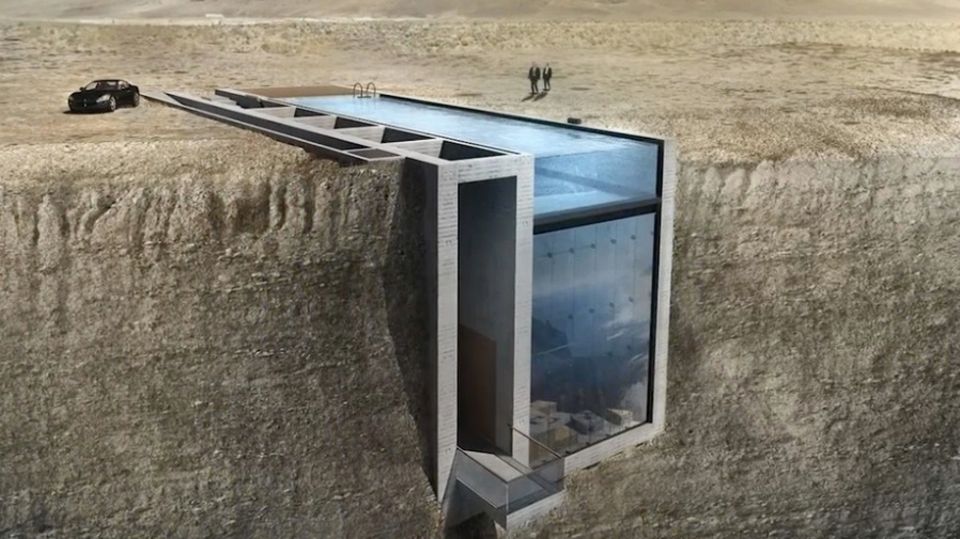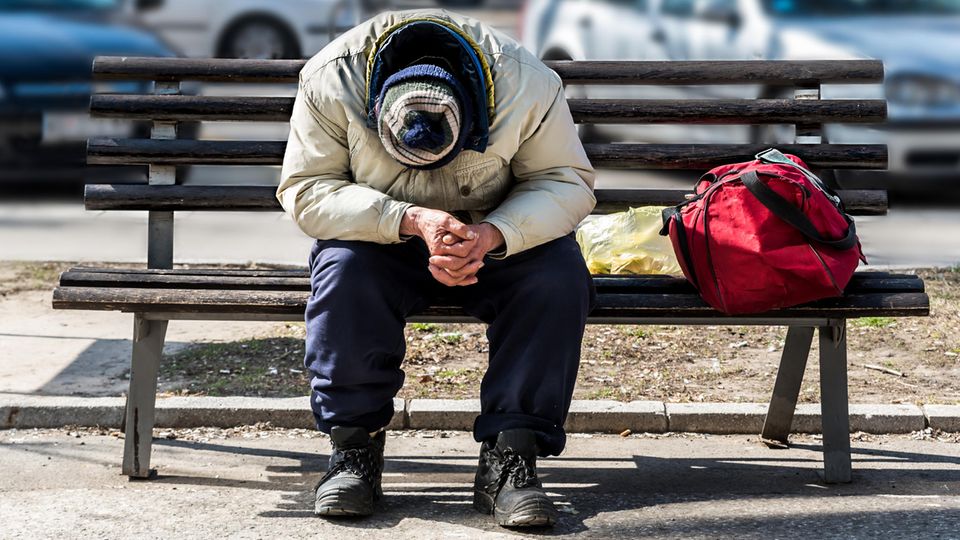Garisenda
Will it collapse? Bologna is afraid for its leaning tower
In Bologna, the two leaning towers of Garisenda (far left in the picture) and Asinelli dominate the cityscape.
© ALIMDI.NET / Claudio Divizia / Imago Images
The leaning Garisenda Tower has been worrying the city of Bologna for years. Experts are alarmed because of new cracks in the masonry and unusual fluctuations. Can the stone giant collapse?
At the Garisenda Tower, orange fences and tape block the path – actually it’s the access one of the most important symbols of the Italian city. But now the barriers are shaping the image in the historic core of the metropolis. An unusual sight, but the northern Italian city fears for one of its landmarks: the famous leaning Garisenda Tower is causing increasing concern to the city administration and experts because of new cracks in the masonry and recently discovered fluctuations.
The experts who have been observing the tower and its movements for years even wrote about the “highest alert level” in an advance scientific report to the mayor. The fear of the stone giant collapsing is back.
The two leaning towers of Garisenda and Asinelli are among the most important sights in Bologna. They stand in the central Piazza di Porta Ravegnana and shape the cityscape. The twin towers, which, when viewed from the air, rise out of the narrow city center like skyscrapers, have captivated people for centuries. The Italian national poet Dante Alighieri wrote about the Garisenda Tower in his Divine Comedy and later mentioned it again in a sonnet.

One of the two Garisenda twin towers is very slanted
Of the two twin towers, the smaller Garisenda Tower is particularly noticeably crooked: it is 48 meters high and has an inclination of 3.20 meters and almost four degrees. The Torre della Garisenda was built on behalf of a wealthy family in 1109. It was originally 60 meters high, but had to be lowered in the 14th century due to initial construction errors.
Experts cite the foundation and lowering of the groundwater as the reasons for the tower’s tilt. When the Garisenda Tower was built, several such “skyscrapers” dominated it Bologna of the 12th century. Influential and wealthy families built around 150 family towers and tried to build their own higher than the previous one. Next to the Garisenda Tower is the Asinelli Tower, which is twice as high and is currently stable.
Leaning towers are not uncommon around the world. The classic among the leaning towers stands in Pisa with an angle of inclination of almost four degrees; it is a bit more leaning than the Garisenda Tower. Shortly after construction began in the 12th century, there were problems with the statics of the free-standing bell tower because the ground beneath the foundation collapsed. To date, many rescue attempts have prevented the tower from falling over.
10 pictures
There are also some leaning towers in Germany. Measured by the angle of inclination, the former defensive tower in Gau-Weinheim near Mainz in Rhineland-Palatinate currently tops the official list. The Record Institute for Germany (RID) confirmed an inclination angle of 5.43 degrees in September 2022. The tower thus topped the approximately 27 meter high church tower of Suurhusen in East Frisia. This brings it to an angle of inclination of 5.19 degrees.
Particularly unusual fluctuations in Bologna
In Bologna, a scientific and technical committee has been monitoring the two leaning towers since 2018 – in particular, the cracks in the masonry and the fluctuations and vibrations that cannot be seen with the naked eye are being examined.
In October, the experts noticed particularly unusual fluctuations. The city administration of Bologna therefore closed the area around the two towers to visitors. According to the city, the square will remain closed for a few years. Buses were also rerouted amid concerns that the vibrations on the road could deepen cracks. Now it will be examined how the factors that lead to cracks can be reduced. An iron structure has already been attached around the masonry.
However, this isn’t happening fast enough for the experts on the committee that was specially convened for the Garisenda Tower. The dangerous situation is strong but also unpredictable, said the architect Amedeo Bellini to the newspaper “La Repubblica”. “We cannot say whether nothing will happen to the tower or whether there will be a partial or sudden collapse.” And if this happens, one cannot know, above all, “whether it will happen tomorrow or in a month,” said Bellini. The city should take security measures.
The quality of the masonry is worse than ever due to various influences, said Sergio Lagomarsino, professor of structural engineering. Therefore, there is no need to panic, but absolute caution.
Read at stern+: Benches you can’t sleep on, cordoned off areas: Some elements of the cityscape are designed to displace homeless people. Architectural historian Daniel Talesnik explains what this actually looks like and gives positive counter-examples.


